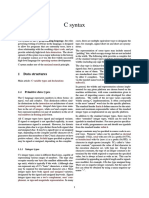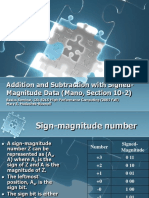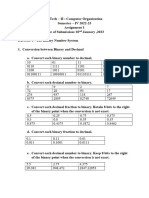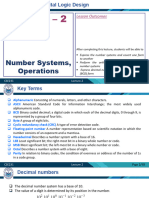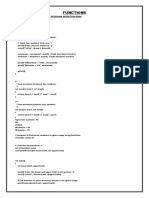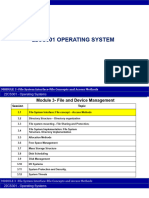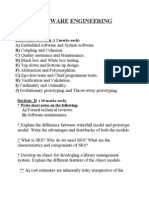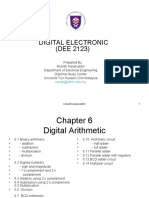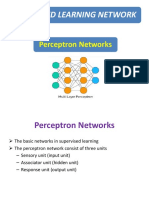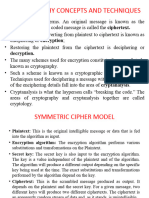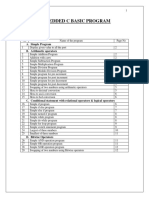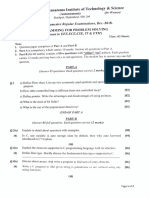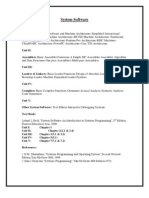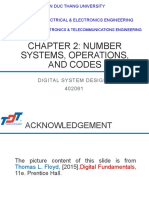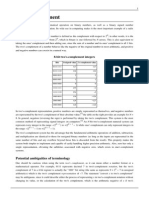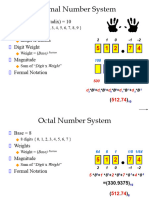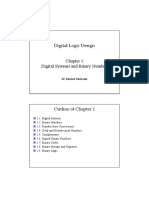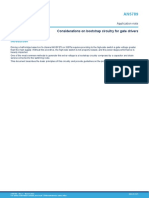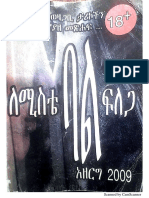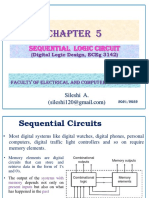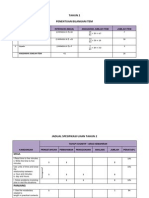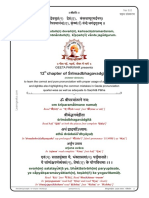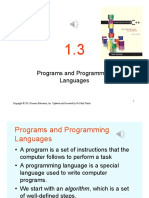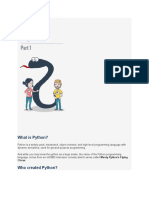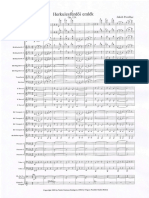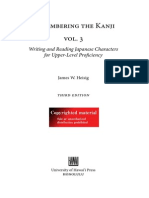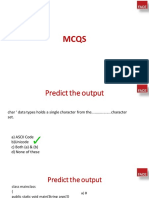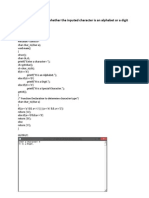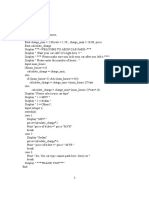0% found this document useful (0 votes)
269 views63 pagesChapter 2 Number Systems and Logic Gate
The document summarizes different number systems including decimal, binary, octal, and hexadecimal. It discusses the base, digits, and how to represent values in each system. Conversion methods between the different bases are also covered, such as dividing or multiplying by the base to obtain coefficients for conversion to or from binary. Finally, the document briefly introduces the concept of complements as representations for signed binary numbers.
Uploaded by
fireworkCopyright
© © All Rights Reserved
We take content rights seriously. If you suspect this is your content, claim it here.
Available Formats
Download as PDF, TXT or read online on Scribd
0% found this document useful (0 votes)
269 views63 pagesChapter 2 Number Systems and Logic Gate
The document summarizes different number systems including decimal, binary, octal, and hexadecimal. It discusses the base, digits, and how to represent values in each system. Conversion methods between the different bases are also covered, such as dividing or multiplying by the base to obtain coefficients for conversion to or from binary. Finally, the document briefly introduces the concept of complements as representations for signed binary numbers.
Uploaded by
fireworkCopyright
© © All Rights Reserved
We take content rights seriously. If you suspect this is your content, claim it here.
Available Formats
Download as PDF, TXT or read online on Scribd
/ 63




